No products in the cart.
Return To Shop
Scrogging, a term derived from “Screen of Green,” is a popular technique among cannabis cultivators. It involves using a screen, rope, or net to control and optimize plant growth, and therefore gain higher weed yield. Sounds easy to understand, right? But when should you set the scrog and how to do it properly? This post offers a complete guide on what is scrogging with everything you need to know.
Table of Contents
What is the Scrogging Technique
Scrogging is a cannabis training practice that uses a SCROG screen or net placed horizontally above a group of plants, typically cannabis plants in the Northern California and Oregon regions. The primary goal of scrogging is to maximize the growth of plants by training them to grow horizontally under the screen, especially when growing plants indoors or in limited spaces such as grow tents.
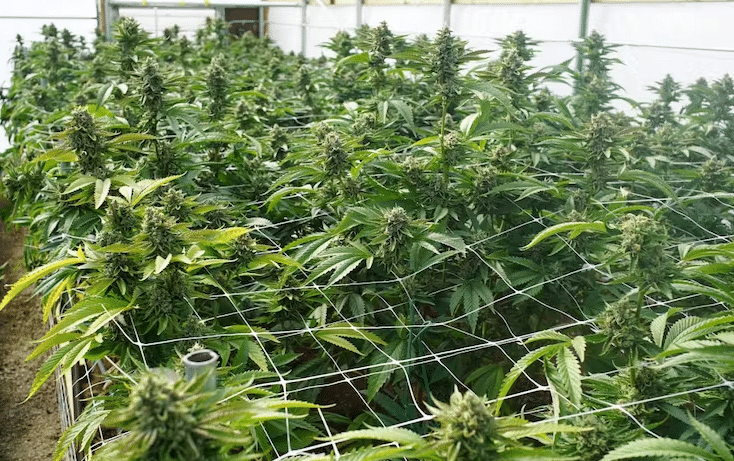
Image source: SEASTOCK/iStock
Benefits of Scrogging
Why bother with a screen? Well, scrogging can significantly increase yield, ensure better light distribution, and improve air circulation among plants. This leads to healthier, more robust growth. To break them into pieces, you can benefit from the following advantages of scrogging:
Increased Yields: One of the primary benefits of scrogging is the significant increase in crop yields. By training plants to grow horizontally and filling the canopy under the screen with bud sites, growers can harvest cannabis with more abundant and denser yields compared to traditional growing methods.
Better Light Distribution: Scrogging ensures that every part of the plant receives adequate light. This is achieved by spreading the branches horizontally and weaving them through the screen. With uniform light exposure, all bud sites can develop effectively, leading to larger and more potent flowers.
Improved Air Flow: Proper air circulation is crucial for plant health. Scrogging helps maintain a well-ventilated canopy by preventing dense, overlapping growth. Improved airflow reduces the risk of moldy weed, mildew, and pest infestations, resulting in healthier plants.
Optimal Canopy Management: With scrogging, growers can achieve an even canopy, where all branches and bud sites are at the same height. This uniformity promotes consistent growth and flowering, making it easier to monitor and maintain the plants.
Increased Light Efficiency: By ensuring that grow light penetrates deeper into the canopy, scrogging maximizes the use of available light sources. This results in higher photosynthetic efficiency and better energy utilization by the plants.
When Should I Scrog
Since you want the branches to naturally grow into that screen instead of pushing them into the net after they’ve grown tall, when to scrog becomes paramount. However, it doesn’t mean a dead end if you have to manually weave the branches, just handle them with enough care.
The ideal timing for scrogging cannabis is after topping and just before the flowering stage arrives. If you need to perform topping the weed or branch pruning, do not place the plants in a screen yet, as this can affect their growth shape. Meanwhile, you should scrog the plants before the flowering stage to avoid disrupting the process of producing buds.
How to Do Scrogging Properly
During the golden time, somewhere after topping the weeds and before the flowering stage, you can take off scrogging the cannabis.
Step 1: Set the screen or trellis net about 1 foot above the base of the plants. This provides enough space for the branches to grow while maintaining adequate light exposure.
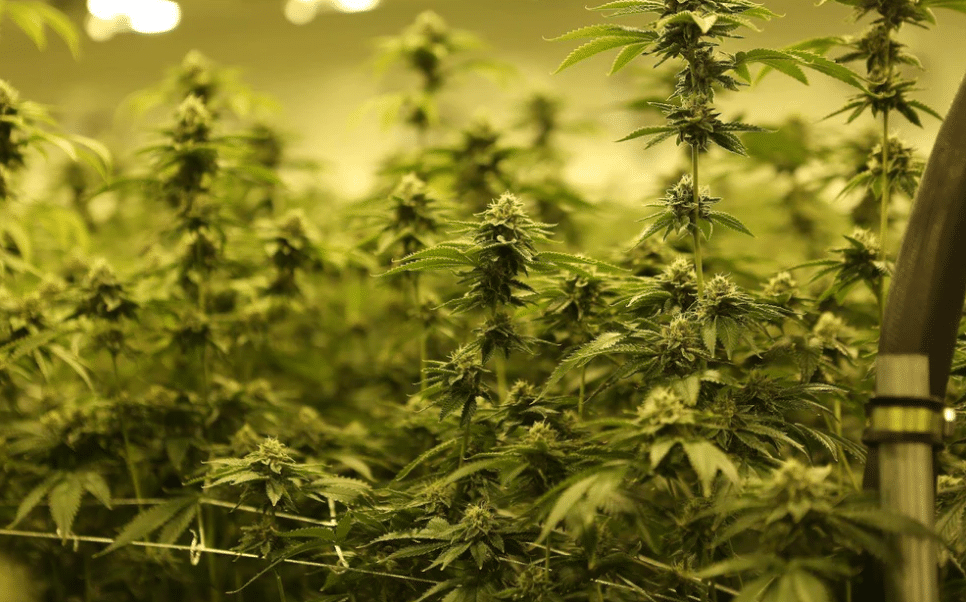
Image source: happyhydro.com
Step 2: Make sure each branch has one section of the net to fit in. It’s not a good idea to squeeze multiple branches into one square of the screen, as this can lead to uneven nutrient and light distribution for each branch. When manually interfering with the growth direction, do not force the plant but handle it gently.
Step 3: Now it’s time to adjust the spacing. Generally, this means keeping about 1-2 feet of space between pots. You can also gauge spacing by ensuring that the longest branch of a plant overlaps with the longest branch of the adjacent plant by about 6 inches.
Step 4: When it comes to the last plant life cycle, the flowering stage, you should remove those weak and impotent branches that are usually the lower ones to avoid decreased yields.
Note: Scrogging may temporarily cause stress to cannabis plants, and you might observe that the plant leaves appear slightly wilted afterward. However, there’s no need to worry because with adequate direct light, they will recover, and the scrogging process will prove beneficial in the long term. To provide some extra support during this period, it’s beneficial to water the plants within 24 hours of scrogging. This helps them overcome the stress associated with the procedure.
Conclusion
In conclusion, scrogging, or “Screen of Green,” is a valuable technique for cannabis cultivation, promoting higher yields, optimal light distribution, and improved plant health. Timing and gentle handling are essential for success. Despite initial stress, plants recover with proper care.
FAQs about Scrogging
- What is the ideal screen size for scrogging?
The ideal screen size for scrogging can vary depending on factors like the size of your grow space and the number of plants. However, a common recommendation is to use a screen with 2-inch by 2-inch (5 cm by 5 cm) grid spacing. This size allows for effective branch placement and light penetration.
- How long does it take to see results from scrogging?
Typically, you’ll start to notice the effects of scrogging during the vegetative growth phase, which can last several weeks. As the branches grow horizontally and fill the screen, you’ll see improved canopy management and better light distribution.
- What does Scrog mean in growing?
Scrog stands for “Screen of Green.” It’s a plant training technique used in cultivation, particularly with cannabis plants. Scrogging involves setting up a horizontal screen or trellis above the plants and training the branches to grow horizontally through the screen. This method maximizes light exposure, airflow, and bud development, resulting in higher yields and better-quality flowers.
- What is the difference between Scrog and mainlining?
Scrogging and mainlining are both plant training techniques used in cultivation, but they have distinct differences. Scrogging involves training the branches to grow horizontally through a screen or trellis to create an even canopy and maximize light penetration. Mainlining, on the other hand, focuses on creating a symmetrical plant structure by pruning and topping to encourage a single central cola and uniform branching.

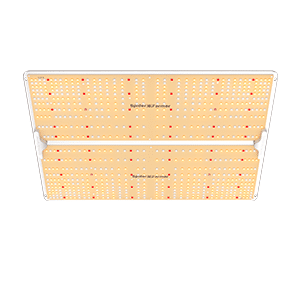
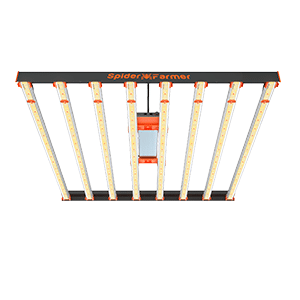
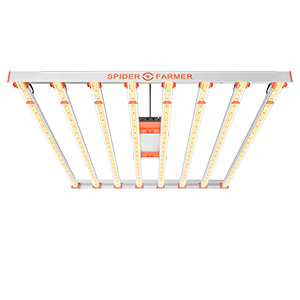
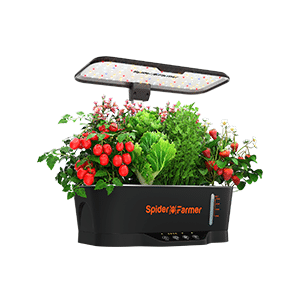
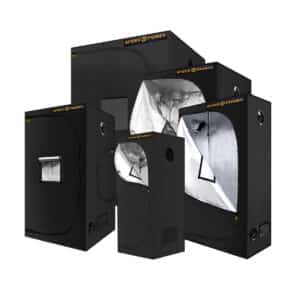
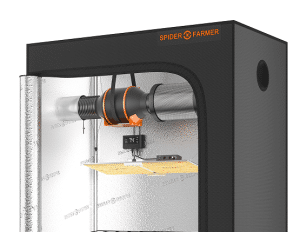
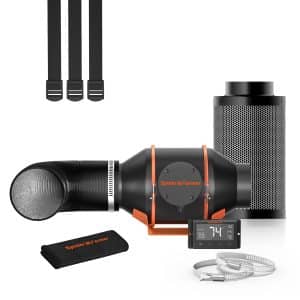
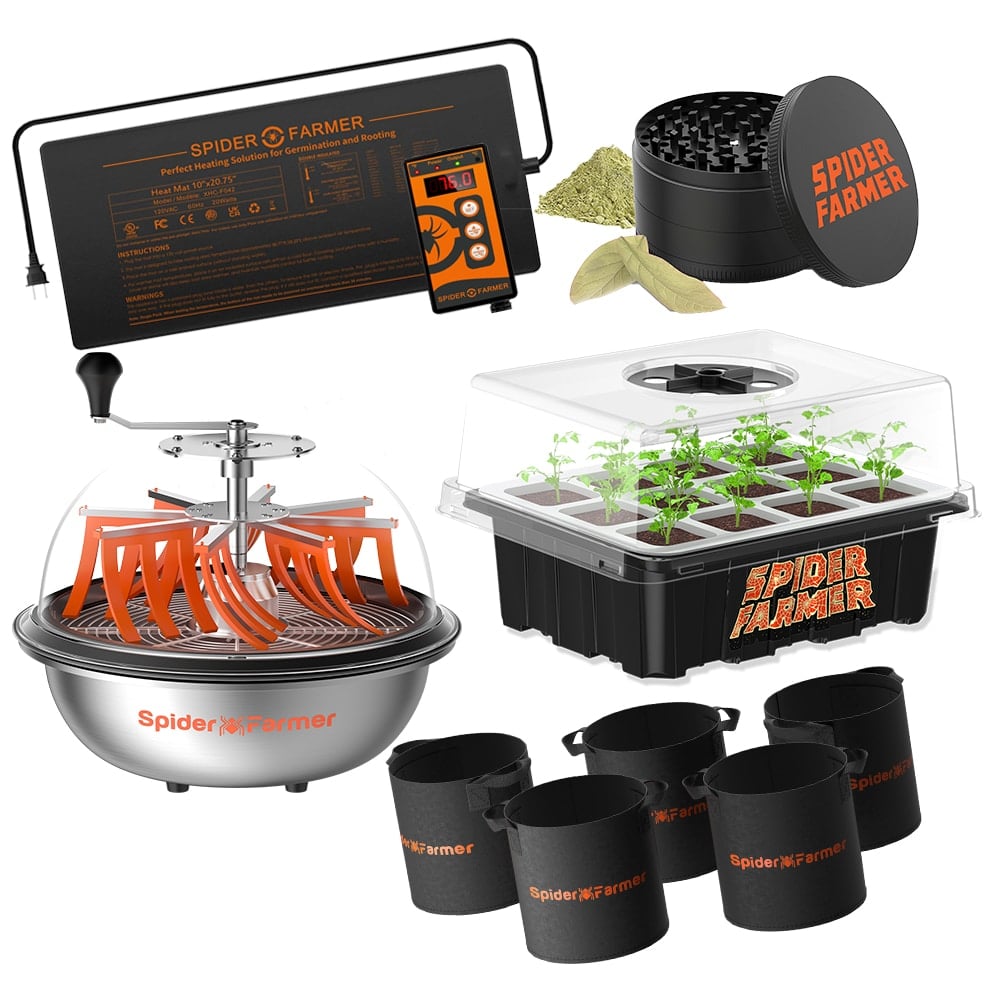


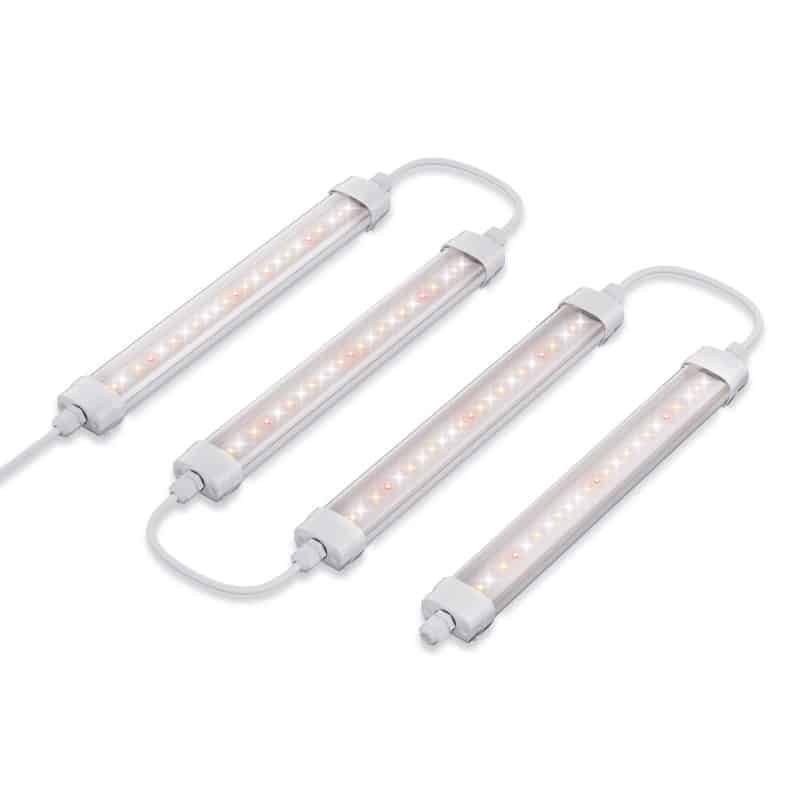
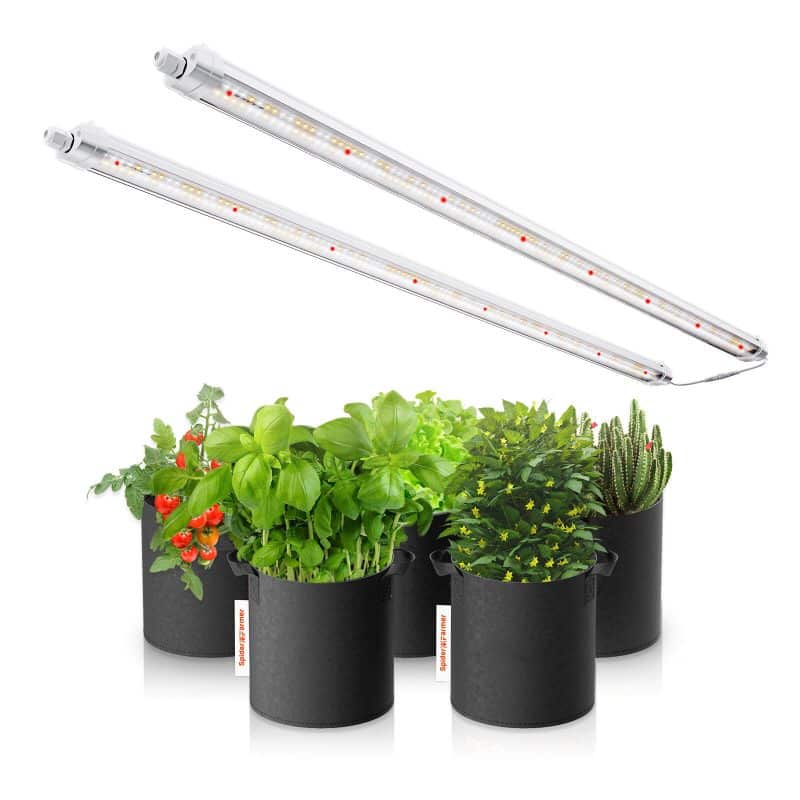
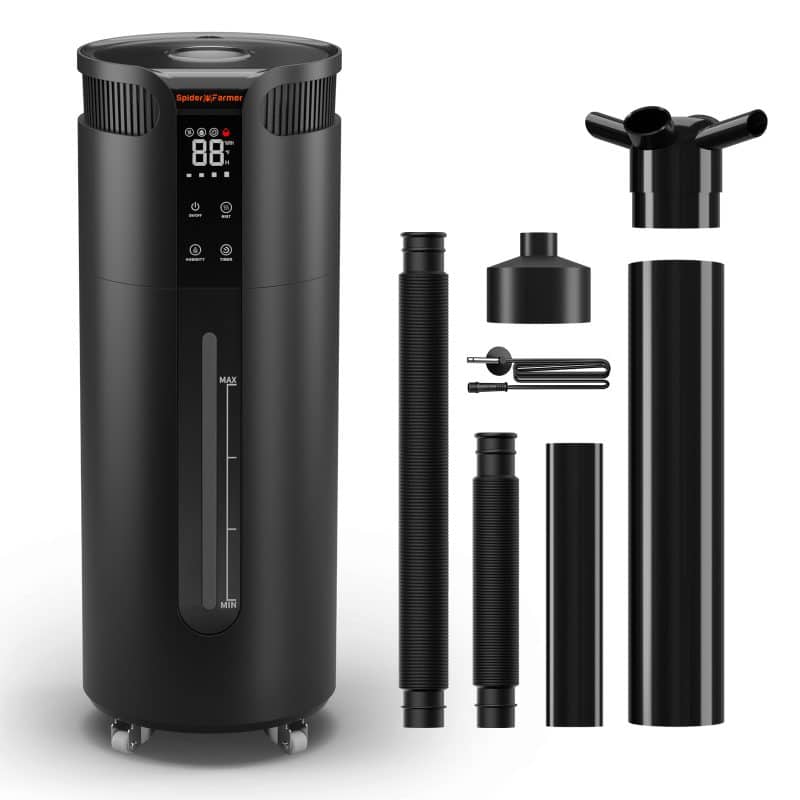
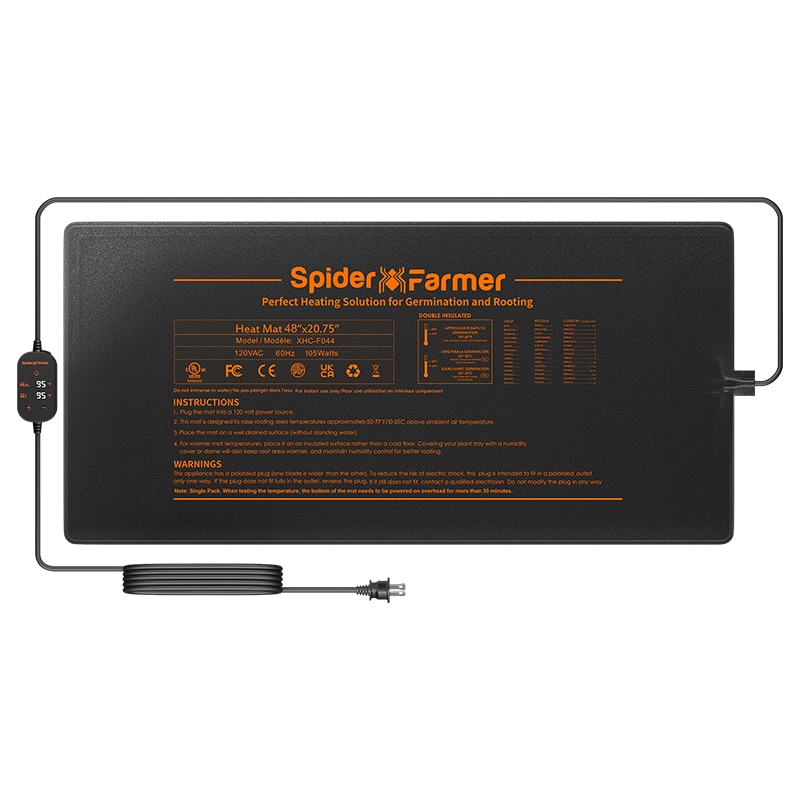

Leave a reply